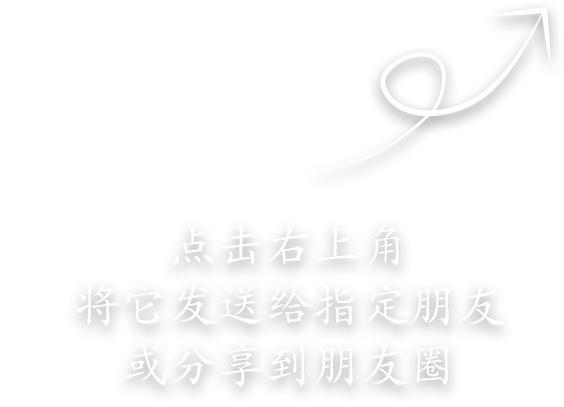2024年10月25日 标准解读之四:《海水冷却塔飘滴盐沉积监测方法》等三项海水冷却标准内容解读
HY/T 0425-2024《海水冷却塔飘滴盐沉积监测方法》——该标准规定了海水冷却塔飘滴所引起盐沉积的监测方法,包括监测条件、监测点的选择、采样器的布设、监测步骤、样品分析及结果处理等方面,适用于自然通风海水冷却塔和机力通风海水冷却塔飘滴盐沉积的监测。
国内外在海水冷却塔飘滴盐沉积监测方法方面暂未有相关的标准和规范,也未形成统一的监测手段。随着我国海水循环冷却技术的大规模推广和日益严格的环保标准,制定统一、可靠的海水冷却塔飘滴盐沉积监测的方法标准成为当务之急。本标准的制定有利于规范海水循环冷却塔系统的运行维护,并满足日益紧迫的环境友好化技术要求,对推动我国海水循环冷却技术的发展具有重要意义。
HY/T 0187.1-2024《海水循环冷却系统设计规范 第1部分:取水技术要求》 (代替HY/T 187.1-2015)——该标准规定了海水循环冷却系统取水工程设计的要求,适用于新建、改建或扩建的海水循环冷却系统取水工程设计,其他海水利用系统的取水工程设计可参照执行。
该标准针对近年来海水循环冷却技术的发展现状、海洋环保技术和相关产品的应用现状以及海水循环冷却系统运行过程中产生的一些新问题进行修订。首先,根据多个现有工程的取值情况,将浓缩倍数取值范围由1.5~2.5提升至1.8~2.5,在保证安全可靠的前提下,有利于降低运行费用。其次,补充了在海水取水构筑物中防止海生物撞击和夹带死亡的设计要求,以加强海水取水对海洋生态的保护。第三,补充了防范大量海洋生物或异物入侵海水取水构筑物的要求。最后,还增加了对取水构筑物在施工和运行期间安全监测的设计要求。修订后的标准将为海水循环冷却系统取水和排水工程设计提供更为全面、完善和先进的指导。
HY/T 0187.2-2024《海水循环冷却系统设计规范 第2部分:排水技术要求》(代替HY/T 187.2-2015)——该标准规定了海水循环冷却系统排水工程设计的要求,适用于新建、改建或扩建的海水循环冷却系统排水工程设计,其他海水利用系统的取水和排水工程设计可参照执行。
该标准除了进行与HY/T 0187.1-2024协调一致的修订外,主要针对新发布实施的国家标准GB/T 39361—2020《海水冷却水排放要求》提出了具体设计要求,为排水工程设计如何适应GB/T 39361—2020《海水冷却水排放要求》给出了规范性指导。
Our Chinese partner, Tianjin Desalination Institute, actively participated in the development of these standards, further demonstrating their technical expertise and leadership in the desalination industry. Below are the details of the newly released standards:
HY/T 0425-2024: "Monitoring Methods for Salt Deposition Caused by Droplet Drift in Seawater Cooling Towers"
This standard specifies monitoring methods for salt deposition caused by droplet drift in seawater cooling towers. It covers monitoring conditions, selection of monitoring points, layout of sampling devices, monitoring procedures, sample analysis, and result processing. It applies to natural-draft and mechanical-draft seawater cooling towers.
Globally, there are no existing standards or unified methods for monitoring salt deposition caused by droplet drift in seawater cooling towers. With the widespread adoption of seawater recirculating cooling technology in China and the increasingly stringent environmental regulations, establishing a unified and reliable standard for such monitoring has become urgent. This standard will help regulate the operation and maintenance of seawater cooling tower systems, meet the demands of environmentally friendly technologies, and significantly promote the development of seawater recirculating cooling technology in China.
HY/T 0187.1-2024: "Design Specifications for Seawater Recirculating Cooling Systems – Part 1: Water Intake Technical Requirements"
This standard replaces HY/T 187.1-2015 and specifies design requirements for water intake engineering of seawater recirculating cooling systems. It applies to the design of water intake projects for new, renovated, or expanded seawater recirculating cooling systems, with other seawater utilization systems also able to reference this standard.
Key updates in this revision include:
1.Optimized Water Concentration Ratio: The range has been adjusted from 1.5–2.5 to 1.8–2.5, balancing reliability and operational cost reduction.
2.Marine Ecological Protection: Added design requirements to prevent marine organisms from collision or entrapment in water intake structures.
3.Invasive Species Prevention: Supplemented requirements for mitigating the intrusion of marine organisms or foreign objects into water intake structures.
4.Safety Monitoring: Introduced design requirements for safety monitoring during construction and operation.
The revised standard provides more comprehensive and advanced guidance for the design of water intake and drainage projects in seawater recirculating cooling systems.
HY/T 0187.2-2024: "Design Specifications for Seawater Recirculating Cooling Systems – Part 2: Water Discharge Technical Requirements"
This standard replaces HY/T 187.2-2015 and specifies design requirements for water discharge engineering in seawater recirculating cooling systems. It applies to the design of discharge projects for new, renovated, or expanded seawater recirculating cooling systems, with other seawater utilization systems also able to reference this standard.
The updates in this standard align with HY/T 0187.1-2024 and provide specific design guidance to comply with the newly implemented national standard GB/T 39361-2020: "Requirements for Discharge of Seawater Cooling Water". This ensures that water discharge designs meet regulatory requirements and enhance the sustainability and environmental performance of seawater recirculating cooling systems.
Significance
These standards address critical gaps in the regulation of seawater cooling systems and reflect the growing emphasis on environmental sustainability and technological innovation in the desalination field. They provide standardized methods and design criteria to improve operational efficiency, protect marine ecosystems, and promote the development of cutting-edge seawater cooling technologies, reinforcing China's leadership in the global desalination sector.











请先 登录后发表评论 ~